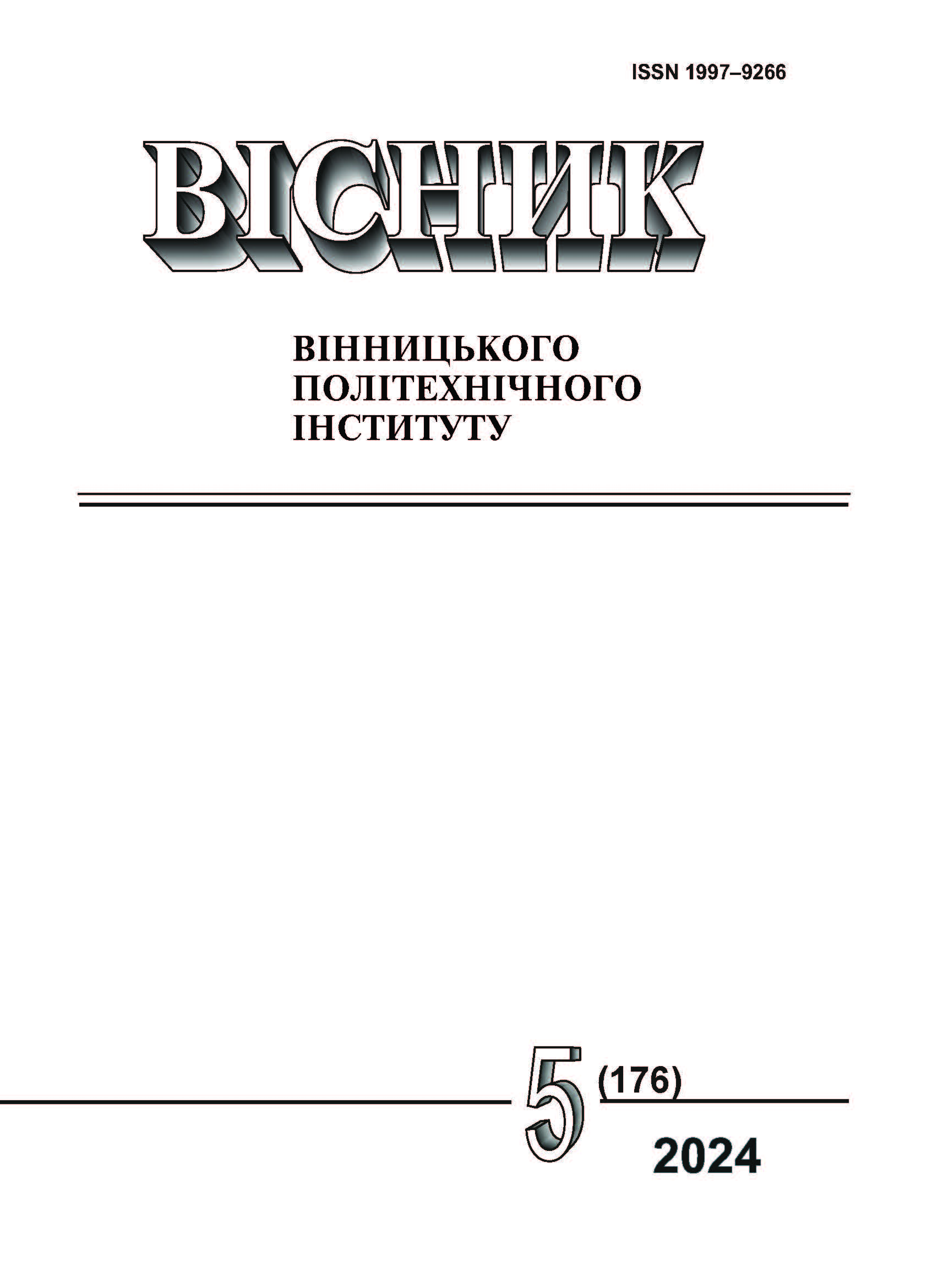Terminal Logistics (Terminalistics) As One of the Prospective Directions of Logistics Development
DOI:
https://doi.org/10.31649/1997-9266-2024-176-5-84-91Keywords:
logistics, terminal network, logistics center, optimal variant of the terminal network, spatial-quantitative and transport parameters, multi-purpose formation of the terminal networkAbstract
he article examines the process of designing and calculating main parameters of the terminal network from the standpoint of terminalistics — the logistics of the terminal networks and infrastructure — as a scientific and methodological directionA allocated from logistics.
In the course of the work, the characterization of various directions of terminal network design will be carried out from the standpoint of terminal studies as a new scientific and methodological direction. Main areas of design and operation of the terminal network, which are solved by terminalistics, are defined. Terminalistics is characterized as infrastructure logistics — logistics of terminal networks. It is noted that there is no integrated methodological direction, within the framework of which a comprehensive calculation of the parameters of the terminal network can be carried out (including the parallel selection of the number and location of logistics centers (LCs), the type of transport; determination of the economic effect when using direct and terminal transportation), therefore objective need to allocate an independent direction of logistics, namely infrastructure logistics emerged. Method of complex calculation of parameters of the terminal network is proposed, the distinguishing feature of which is the complexity of determining the spatial and quantitative parameters by the number and location of LCs in it and the choice of a rational type (combination of types) of transport. The groups of scientific and practical tasks that are solved by terminalistics are presented. Graphic representations of the method of parameter calculation and formation of the terminal network are given.
References
E. M. Goover, The Location of Economic Activity. NY. : McGraw Hill Book Company, 1938.
О. Pokrovskaya, “Sui Metodi Di Selezione Preferita Di Rete Terminale Della Regione,” Italian Sci. Rev., Is. 4 (13). рр. 20-23, 2014. [Electronic resource]. Available: http://www.ias-journal.org/archive/2014/april/Pokrovskaya.pdf .
O. D. Pokrovskaya, “Terminalistics as a new methodology for the study of transport and logistics systems of the regions,” Sustainable economic development of regions, monogr. vol. 3, L. Shlossman. Ed. Vienna: “East West” Assoc. for Advanced Studies and Higher Ed. GmbH, 2014, 261 p.
Connecting to Compete 2016: Trade Logistics in the Global Economy. The Logistics Performance Index and Its Indicators. [Electronic resource]. Available: https://wb-lpi-media.s3.amazonaws.com/LPI_Report_2016.pdf .
European qualification standards for logistics professionals. [Electronic resource]. Available: http://www.elalog.eu/sites/default/files/ELAQF_Qualification_Standards_2014.pdf .
О. Gonchar, N. Zamkova, I. Polishchuk, Y. Dovhan , and V. Sokolovska, “Oil and fat business of Ukraine: marketing orientation for achieving competitive advantages,” European Journal of Sustainable Development, vol. 9, no 4, pp. 261-272, 2020. https://doi.org/10.14207/ejsd.2020.v9n4p261 .
Downloads
-
pdf (Українська)
Downloads: 0
Published
How to Cite
Issue
Section
License

This work is licensed under a Creative Commons Attribution 4.0 International License.
Authors who publish with this journal agree to the following terms:
- Authors retain copyright and grant the journal right of first publication.
- Authors are able to enter into separate, additional contractual arrangements for the non-exclusive distribution of the journal's published version of the work (e.g., post it to an institutional repository or publish it in a book), with an acknowledgment of its initial publication in this journal.
- Authors are permitted and encouraged to post their work online (e.g., in institutional repositories or on their website) prior to and during the submission process, as it can lead to productive exchanges, as well as earlier and greater citation of published work (See The Effect of Open Access).





